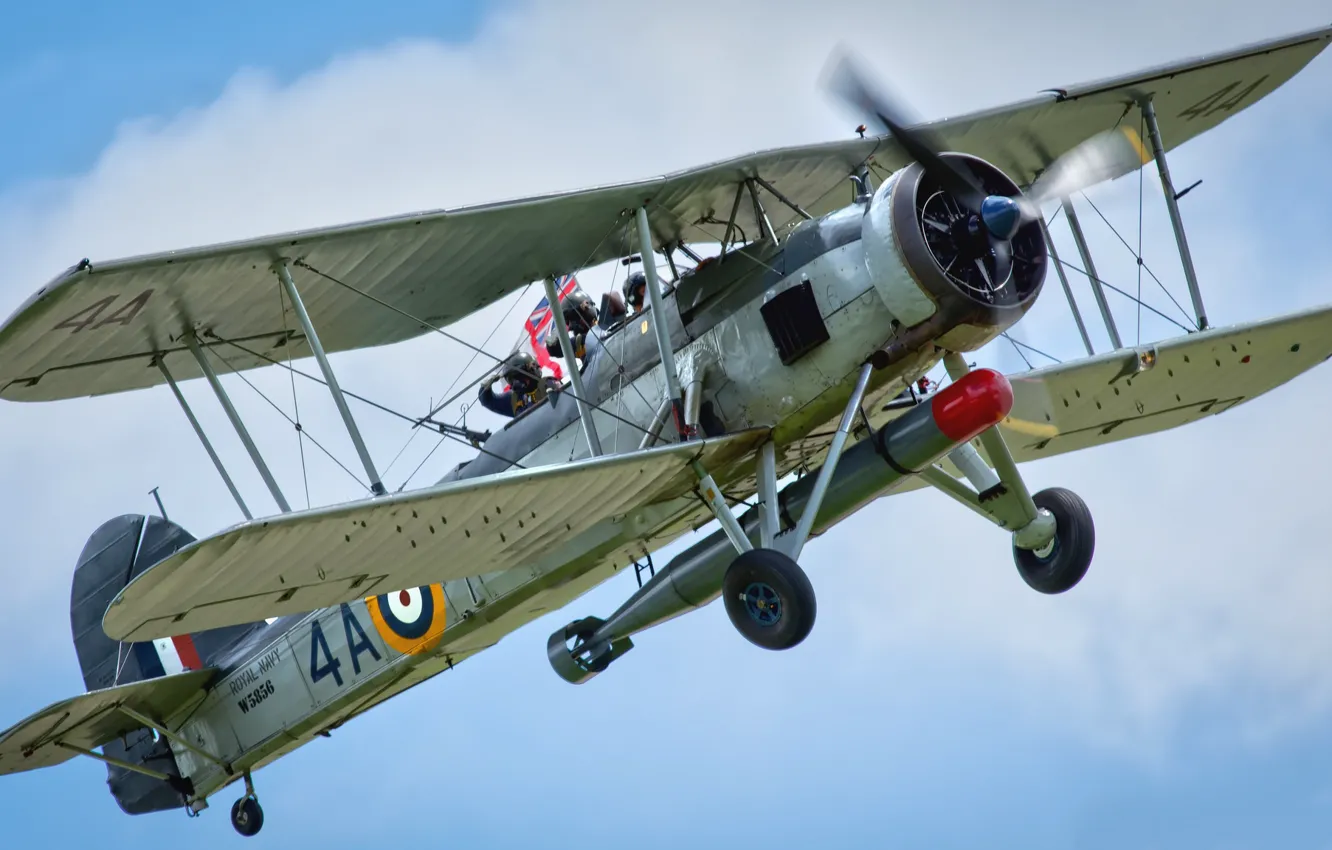ottarrus
Emperor Mongoose
I beg to differ, @Arkathan .
95% of Federation Starships qualify as Dispersed Structures, from the NX Enterprise to the current Sovereign-class. The ship designers have everything is spread out on pylons to three different points of stress weight [main hull, secondary hull, two to four engine nacelles].
But that's alright. > Star Trek ships are not designed for, and should not be confused with, the OTU. <
You can probably figit a Star Wars ship into something High Guard-esque, but Star Trek vessels are designed with using an entirely different set of physics and are built according to a wholly different set of design criteria.
Star Trek uses an entirely different progression of technologies to arrive at their current date of 2409. For crying out loud, the basic power plant for a Starfleet ship is antimatter, which isn't available until TL 21+ in the OTU. And antimatter power systems are what makes warp speeds possible at all. Cochrane could get the Phoenix up to Warp 1 using fusion, but he couldn't sustain the speed for more than a few minutes and by the time of the Enterprise series, the NX ships were using experimental antimatter power plants.
And the Third Imperium tops out at a VERY new TL 16 [only a VERY few worlds can reach TL 16, not even Capital has it yet] with TL 17 only being discussed in research labs. In 25 years everything we know in the OTU will be a Virus-ridden wasteland. We're literally playing the Twilight of the Imperium in 1105, so all the 'fyoochur tek' speculation is pointless.
95% of Federation Starships qualify as Dispersed Structures, from the NX Enterprise to the current Sovereign-class. The ship designers have everything is spread out on pylons to three different points of stress weight [main hull, secondary hull, two to four engine nacelles].
But that's alright. > Star Trek ships are not designed for, and should not be confused with, the OTU. <
You can probably figit a Star Wars ship into something High Guard-esque, but Star Trek vessels are designed with using an entirely different set of physics and are built according to a wholly different set of design criteria.
Star Trek uses an entirely different progression of technologies to arrive at their current date of 2409. For crying out loud, the basic power plant for a Starfleet ship is antimatter, which isn't available until TL 21+ in the OTU. And antimatter power systems are what makes warp speeds possible at all. Cochrane could get the Phoenix up to Warp 1 using fusion, but he couldn't sustain the speed for more than a few minutes and by the time of the Enterprise series, the NX ships were using experimental antimatter power plants.
And the Third Imperium tops out at a VERY new TL 16 [only a VERY few worlds can reach TL 16, not even Capital has it yet] with TL 17 only being discussed in research labs. In 25 years everything we know in the OTU will be a Virus-ridden wasteland. We're literally playing the Twilight of the Imperium in 1105, so all the 'fyoochur tek' speculation is pointless.

